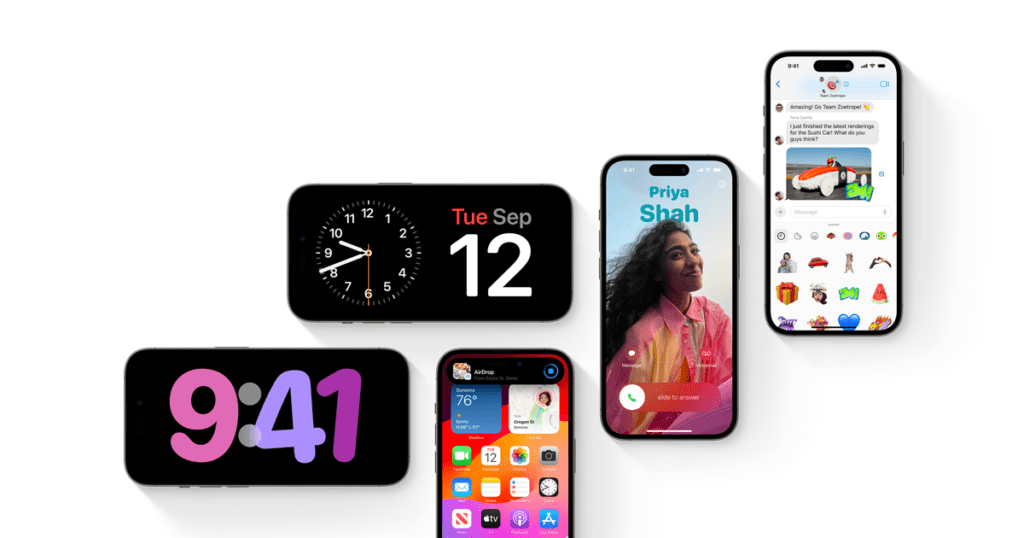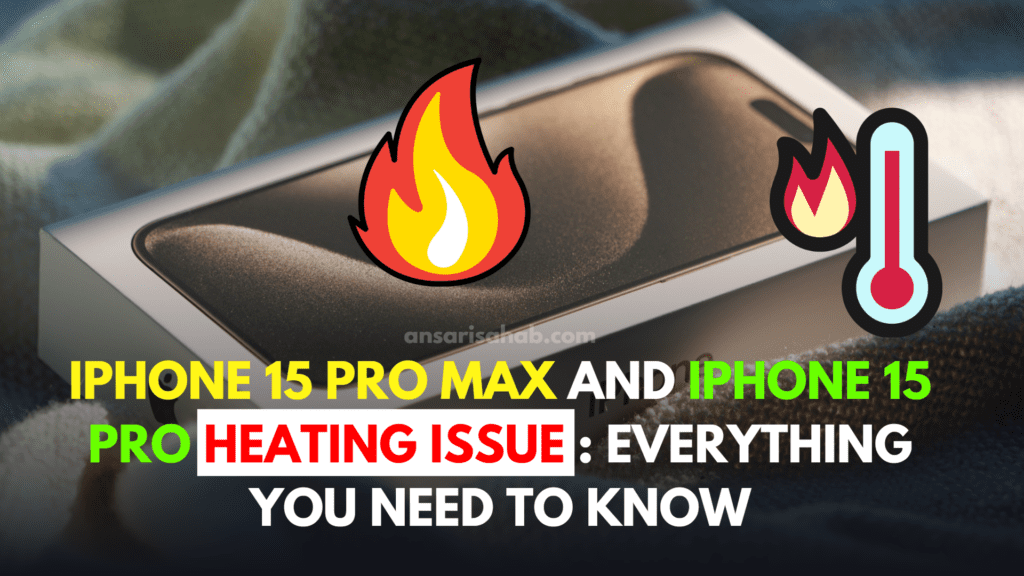What is a Mobile Network Tower?
A mobile network tower is a tall structure equipped with antennas and other equipment that helps your mobile phone connect to the network. These towers are the backbone of modern communication, allowing us to make calls, send texts, browse the internet, and use countless apps. Without them, the wireless connectivity we rely on every day would simply not exist.
However, while these towers are essential for communication, many people worry about the possible health and environmental harms they may cause. Concerns about radiation, long-term exposure, and community impacts have sparked debates worldwide.
How a Mobile Network Tower Works
Mobile network towers work by sending and receiving radio frequency (RF) signals. Here’s a step-by-step breakdown of the process:
- Signal Transmission – When you make a call or send data, your phone converts your voice or information into electromagnetic signals.
- Tower Reception – These signals travel to the nearest mobile network tower through the air.
- Network Connection – The tower passes your signal to the network provider’s main switching center.
- Signal Routing – The switching center routes the signal to the correct destination — either another mobile device or an internet server.
- Reception – The receiving phone gets the signal back through its nearest tower, completing the connection.
Types of Mobile Network Towers
Different designs are used depending on the coverage area, population density, and terrain:
- Lattice Towers – Strong steel frameworks, often seen in rural or suburban areas.
- Monopole Towers – Single tall poles, common in cities where space is limited.
- Guyed Towers – Tall towers supported by guy wires, used in wide-open areas.
- Small Cells – Shorter towers or antennas installed on buildings for 4G/5G in high-traffic zones.
4G vs. 5G Mobile Network Towers
With the rollout of 5G technology, there are some key differences:
- 4G Towers – Fewer in number, wider coverage area, speeds up to 100 Mbps.
- 5G Towers – More towers needed, smaller coverage area per tower, speeds up to 10 Gbps.
- Frequency Range – 5G uses higher frequencies, which can carry more data but don’t travel as far, requiring more installations.
Possible Harms and Concerns of Mobile Network Towers
While mobile network towers have revolutionized communication, there are ongoing concerns about their impact on health, the environment, and society.
1. Health Concerns
- Radiation Exposure – Towers emit non-ionizing radiation in the form of radio waves. While it’s different from harmful ionizing radiation (like X-rays), long-term exposure has raised public health questions.
- Scientific Studies – The World Health Organization (WHO) says current evidence doesn’t confirm harmful health effects from low-level RF exposure, but it classifies RF radiation as “possibly carcinogenic” based on limited studies.
- Symptoms Reported – Some people living close to towers report headaches, sleep issues, or fatigue, although these are not scientifically proven to be caused by the towers.
2. Environmental Impact
- Impact on Birds and Bees – Studies suggest that prolonged exposure to RF radiation may disrupt navigation and reproduction in birds and bees.
- Visual Pollution – Large towers can change the appearance of neighborhoods and natural landscapes.
3. Community and Legal Issues
- Property Values – Homes close to towers may see reduced property value due to visual impact or health fears.
- Protests and Legal Battles – In many countries, residents have opposed the construction of new towers, leading to court cases and stricter zoning laws.
Safety Standards and Regulations
Governments and international organizations set safety limits for RF radiation to protect the public. These include:
- ICNIRP Guidelines – The International Commission on Non-Ionizing Radiation Protection sets maximum exposure levels.
- National Laws – Many countries have stricter rules for tower placement and radiation limits.
- Periodic Monitoring – Regulatory agencies test radiation levels to ensure compliance.
Balancing Technology and Safety
Mobile network towers are necessary for modern life — from calling loved ones to enabling emergency services and supporting mobile payments. But technology must evolve in a way that also respects health and environmental concerns.
Possible solutions include:
- Using low-power small cell towers to reduce radiation exposure.
- Better urban planning to place towers away from sensitive areas like schools and hospitals.
- Public awareness campaigns so people understand both the benefits and risks.
Conclusion
The mobile network tower is a vital part of our daily lives, keeping us connected anytime and anywhere. While it enables incredible convenience and global connectivity, it also comes with valid concerns regarding health, the environment, and community well-being. By staying informed, supporting responsible tower placement, and following safety regulations, we can enjoy the benefits of technology while minimizing potential risks.
Modern communication depends on these towers, but so does public trust — and balancing both is the key to a safe, connected future.
Frequently Asked Questions (FAQs) About Mobile Network Towers
A mobile network tower is a tall structure equipped with antennas and other equipment that transmit and receive radio signals, allowing mobile phones to make calls, send texts, and access the internet.
It sends and receives radio frequency (RF) signals between your mobile device and the network provider’s main system, enabling smooth communication and data transfer.
According to the World Health Organization (WHO), current evidence does not confirm harmful health effects from low-level RF exposure. However, they classify it as “possibly carcinogenic” based on limited evidence, so long-term studies are still ongoing.
Yes. Towers can impact bird and bee navigation, alter natural landscapes, and create visual pollution. Studies suggest prolonged RF exposure might interfere with some species’ biological systems.
4G towers have wider coverage and fewer installations, while 5G towers operate at higher frequencies, require more towers for coverage, and offer much faster data speeds.
While no universal law dictates the exact safe distance, many experts recommend living at least 300–500 meters away from a tower to minimize long-term RF exposure.
Yes. Properties near towers may experience reduced value due to perceived health risks and visual impact, though the actual effect varies by location and buyer perception.









